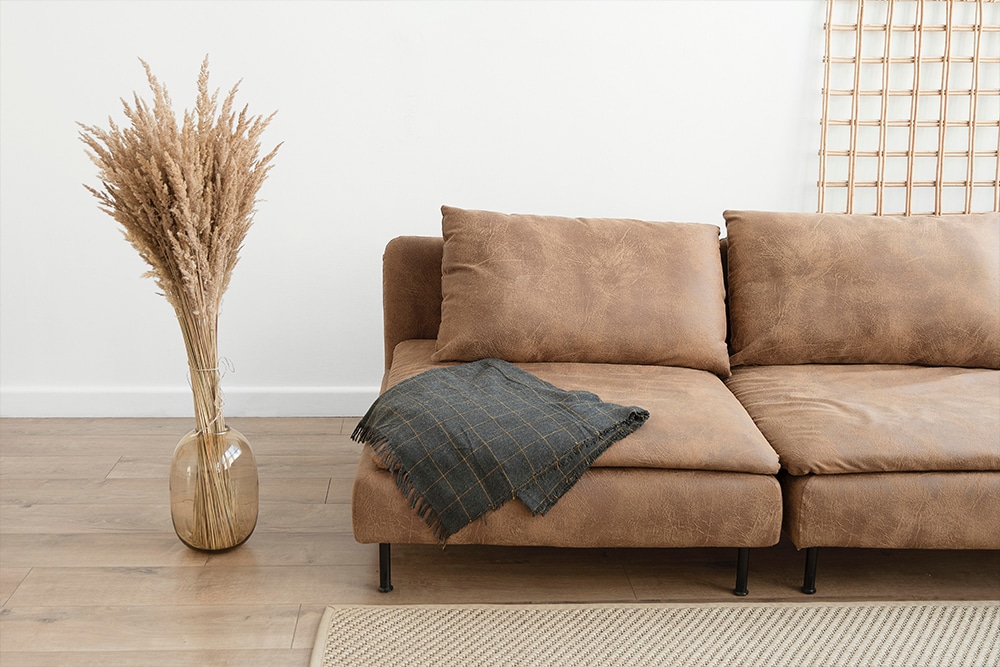About our Leather

All of CTL leathers are designed on full-grain and top-grain hides.
- Full-grain hides are hides that have not been sanded or buffed, thus leaving the original surface of the hide intact.
- Top-grain hides typically go through a light buffing process to facilitate the absorption of dyes into the leather, as well as to minimize surface blemishes on the hide. It should be noted that natural markings such as brands or healed scars do remain visible on each hide.
CTL also offer a variety of corrected-grain leather for those clients looking for more uniform color consistency and increased durability.
- These leathers are those where the hide surface has been sanded to correct imperfections, and which then have a grain embossed onto the surface of the hide for appearance.
- Split leather is the upper portion of a hide that has been split into two or more thicknesses. CTL offers these leathers on a direct-to-order basis only.
- Typically, a cowhide can be split into three usable layers, the top layer which is known as the skin or grain surface, and the center and bottom splits known as suede.
Nubuck is top-grain leather where the top hair cell layer has been removed by sanding, resulting in a luxurious nap and velvet-like surface. Leather with the hair still attached is called hair-on-hide.

Leather is sold by area
The vast majority of leather is sold according to its area.
Our leathers are placed through electronic measuring machines and its surface area is determined and stamped onto the hide in either units of measurement per square meter or per square foot. This is a controlled process according to international standards.
Thickness is also important, and this is measured using a thickness gauge in millimeters and typically given as a range (eg. 1.0 to 1.2 mm) due to the inherent variability of the hide. For some industries, thickness is measured in ounces per square foot (oz/ft2). To convert to millimeters, 1 oz/ft2 equates to 1/64 inch or 0.4mm.
